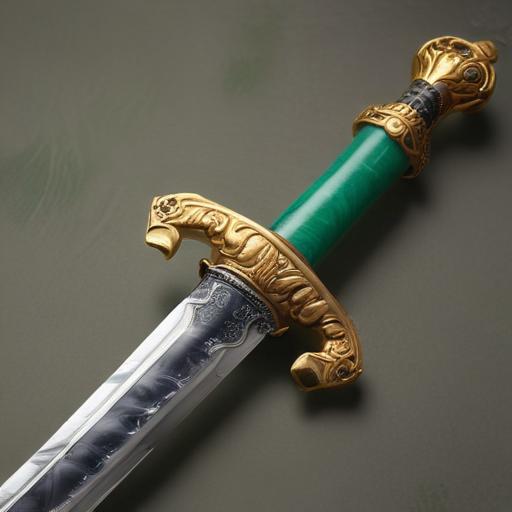Swords of Legends, previously known as Gujian 4, is a premium single‑player action role‑playing game developed by Aurogon Shanghai and published by Wangyuan Shengtang. The project marks an official sequel to the Gujian single‑player series, expanding the universe while delivering a self‑contained narrative.
Summary
A standalone, story‑driven action RPG set in an original fantasy world inspired by Chinese mythology, Swords of Legends puts players in the role of an Underworld Enforcer who bridges the living and the dead. It combines cinematic storytelling with rich main quests, side missions, and exploration, aiming for broad accessibility rather than punishing difficulty.
What to expect in gameplay and setting
– It remains a premium title for PC and consoles, with no mobile version and no free‑to‑play model.
– The game emphasizes a wide‑linear structure rather than a fully open world or a Soulslike difficulty, allowing players to progress at their own pace within a guided narrative.
– Combat centers on soul capture: players can imprison certain monsters’ souls and summon them to aid in battle, enabling cooperative combos. A notable example shown in trailers features allies like Ox‑Head and Horse‑Face joining the fight.
– Exploration rewards players with a variety of utility items and flexible weapon‑skill loadouts to adapt to different enemies, ensuring approachable yet satisfying progression for players of all skill levels.
– The story focuses on guiding lost souls through personal backstories—each soul carries a unique motivation and price for staying tethered to the mortal world, rather than a mere retelling of myth.
Franchise context
– Each Gujian entry is designed as a standalone tale; players don’t need to have played earlier installments to enjoy this game.
– Familiar mythic motifs and guardians appear as companions, enriching the lore without requiring prior knowledge of the franchise.
Development status and outlook
– Development began in 2021 with early research and technical exploration, with a move to Unreal Engine 5 to power the title.
– The shift to Unreal Engine 5 came with substantial budget considerations, representing a major milestone in the project’s ambition.
– In early 2024, the team secured investment, enabling a broader expansion and progressing toward mass production over roughly two years of active development.
– With the release of its first trailer, the team aims to attract additional talent and showcase tangible progress, signaling momentum toward a polished, next‑generation presentation.
Additional context and value
– The game’s design choice to depart from pure difficulty gating and to emphasize a narrative‑driven combat loop suggests a broad appeal to RPG fans who enjoy story depth alongside dynamic combat.
– The Underworld Enforcer concept offers a distinctive hook, blending traditional mythic imagery with modern action RPG mechanics, potentially spawning varied soul‑companion combat styles and thematic exploration of life, death, and lingering regrets.
– The project’s use of Unreal Engine 5 hints at high production values, including cinematic storytelling, environmental detail, and polished combat animations.
Possible implications for fans and the wider market
– For Gujian fans, Swords of Legends promises continuity in worldbuilding while delivering a fresh, self‑contained adventure.
– For newcomers, the standalone narrative and accessible pacing make it easier to jump in without a heavy prerequisite lore burden.
– The premium, non‑live‑service approach aligns with expectations of a tightly crafted single‑player experience, potentially positioning it as a standout title in its genre when it releases on PC and consoles.
If you’d like, I can add a concise quick-read sidebar highlighting key features (story, combat, platforms, and development timeline) or draft a version tailored for a featured image and pullquote setup. I can also provide a brief, hopeful closing note for readers looking forward to a richer Gujian universe.
